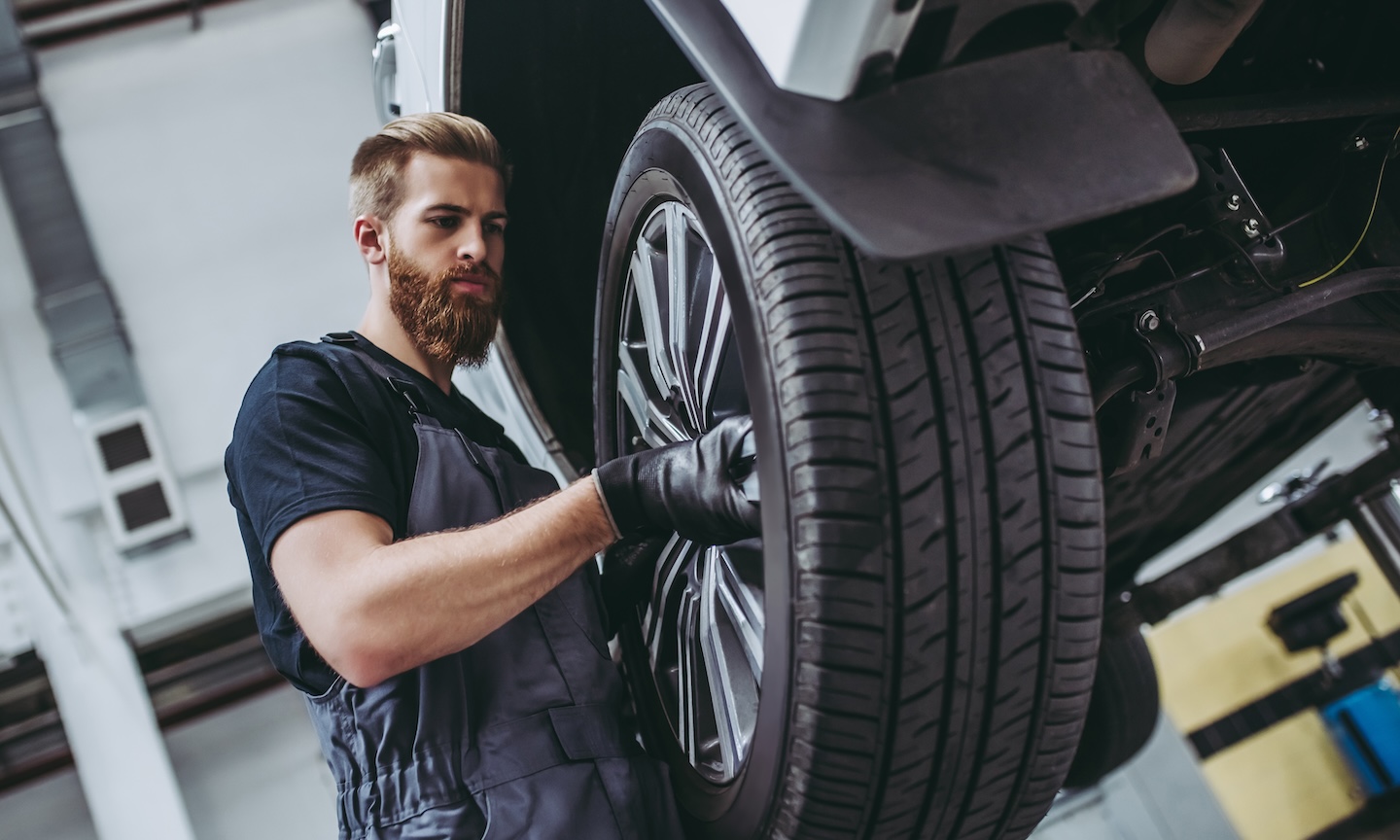How Often Should You Really Rotate Your Tires?

Most drivers know that oil changes and fluid checks are vital for the health of their vehicle, but fewer understand the importance of rotating their tires on a similar schedule. Just like regular oil changes, tire rotation is crucial for the performance and safety of your car. But how does a tire rotation work exactly, and how often do you need to get one?
What is a tire rotation?
No matter how well-aligned and balanced your tires are, they still tend to wear unevenly over time. Rotating your tires is an effective way to balance out this uneven wear. This involves moving tires to different axles and sides based on the drivetrain type. On front-wheel drive vehicles, the front tires wear down faster, while rear-wheel and all-wheel drives have more balanced (but still uneven) wear. The tire rotation pattern varies based on the drivetrain to balance out these different wear patterns. After the rotation, your tires will be in different positions to ensure that they wear down at an even rate.
Why should I rotate my tires?
Rotating your tires regularly is important for a variety of reasons. Uneven wear leads to loss of traction and increased stopping distance on the road, making your vehicle less safe. It also makes your ride bumpier. Rotating your tires evens out this wear, which gives you more grip on the road and a smoother ride. Tire rotation also reduces the risk of blowouts, which can lead to serious accidents. Blowouts can occur when a tire has too much weight on it, but regular rotation redistributes the weight from overburdened tires.
In addition to these benefits, manufacturers may require you to rotate your tires regularly to maintain your warranty.
How often do I need to rotate my tires?
The general recommendation is to rotate your tires every 5,000 to 7,500 miles. Some cars may require more frequent rotation, so check your vehicle's user manual for specific recommendations. If you frequently drive on rough, uneven roads, tow or carry heavy loads, or take sharp turns and brake hard, you'll likely need to rotate your tires more often than the recommended mileage. Also, if you notice that your vehicle pulls to one side, the steering wheel vibrates, or you have handling or traction issues, you should take it in for a full tire inspection.
When should I avoid rotating my tires?
Most vehicles that experience uneven wear will benefit from a tire rotation. However, there are a couple of situations in which you should avoid rotating your tires. One of these is if you have a vehicle with directional tires on staggered wheels. This is problematic because the front and back tire rims are different, and the tires can only be used on the same side they are installed.
Another situation in which you should avoid rotating your tires is if any of the front tires you are rotating to the back have less than 4/32" of wear. In this situation, you would need to replace the tire before rotating.
Do I need balancing and alignment also?
Your tires should also be balanced when they're rotated to ensure that the weight is evenly distributed around the entire wheel and tire. Tire alignments are recommended less frequently (about every 10,000 miles), but it's a good idea to get your alignment checked when the tires are rotated and balanced.
Contact us for your tire maintenance needs
Don't let uneven tire wear compromise your safety or comfort. Our skilled technicians are here to help. Contact the Client service department today to schedule your rotation or other maintenance and keep your car performing at its best!
